Description
What is GSM Sticker Antenna Flex PCB Antenna?
The GSM Sticker Antenna CTRF-ANTENNA-FPCB-8221-3208-IPEX compact antenna style is a small size 32x8mm FPCB-board self-adhesive stick type antenna GSM embedded antenna manufactured by C&T RF Antennas Inc.
The GSM Sticker Antenna Flex PCB Antenna is extensively used for wireless 3G GSM communication modules or other devices which are covering 868MHz, 915Mhz, 1880MHz, and 1900Mhz, 2100Mhz, etc.
The GSM Sticker Antenna Flex PCB Antenna is a flexible PCB antenna with a 32x8mm small Flex PCB size, RG 1.13 cable, Ipex/u, FL connector, self-adhesive sticker for an easy mount to the 3G GSM devices.
The GSM Sticker Antenna is manufactured by C&T RF Antennas Inc, we provide the wireless antenna with other antenna radio frequencies such as 169MHz, 230MHz, 315MHz, 433MHz, 868MHz, 915MHz, Lora, VHF&UHF, NB-IoT, GSM, Wifi 2.4GHz, 5.8GHz, 2G 3G 4G LTE, GPS, 5G NR, UWB, etc.
C&T RF Antennas Inc provides the GSM antenna with many antenna types such as Dipole Antennas, Whip Antennas, Marine Antennas, Router Antennas, MIMO Antennas, PCB Antennas, FPC Antennas, Spring Antennas, etc, for IoT & M2M industries.
Contact us for the GSM Sticker Antenna Flex PCB Antenna datasheet, GSM Sticker Antenna pricing, GSM Sticker Antenna inventory, or other GSM Sticker Antennas.
GSM Sticker Antenna Flex PCB Antenna Specifications
| GSM Sticker Antenna Flex PCB Antenna Electrical Specifications | |
| RF Antenna Type | Flex PCB Antenna |
| Model | CTRF-ANTENNA-FPCB-8221-3208-IPEX |
| Frequency | 824-960MHz, 1710-2170MHz |
| Gain | 2/3dBi |
| VSWR | ≤2.0 |
| Impedance | 50 Ω |
| Polarization | Vertical |
| Connector | UFL |
| Lightning Protection | DC-Ground |
| GSM Sticker Antenna Flex PCB Antenna Mechanical Specifications | |
| FPCB Board Dimension | 32x8mm |
| Weight | Approx. 3g |
| Material | PCB Board |
| Operation Temperature | -40˚C ~ +85˚C |
| Storage Temperature | -40˚C ~ +80˚C |
| Color | Black |
| Antenna Design | Dipole Antenna |
| Mounting | Screw |
| Safety Emission and other | RoHS Compliant |
| Applications | ISM/SCADA/Utilities, IoT/NB-IoT/LoRa,
2G/GPRS/GSM/3G |
Flexible PCB Antenna Features
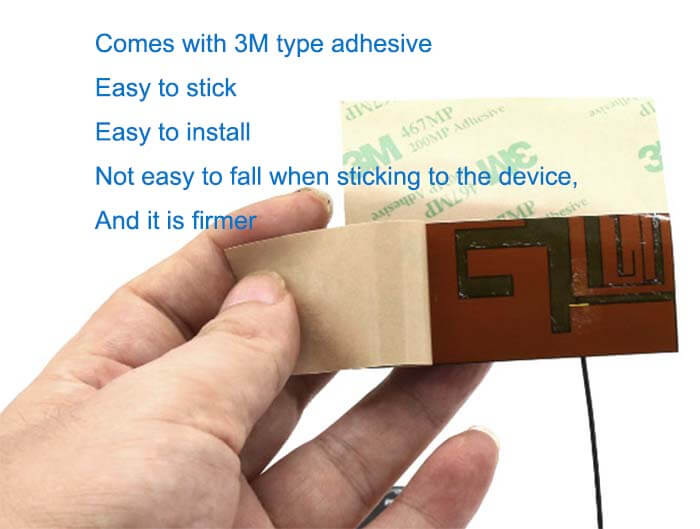
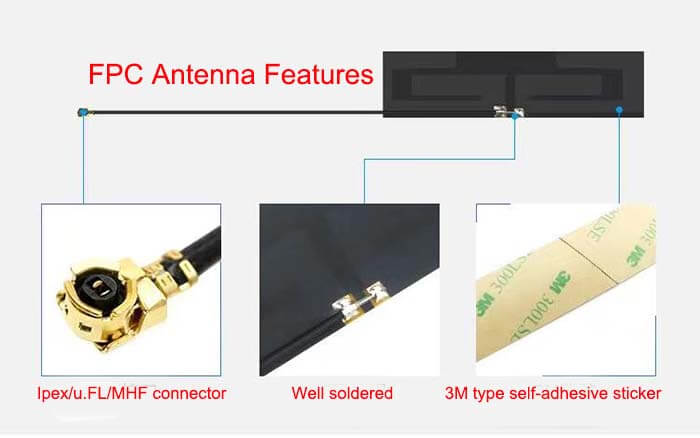
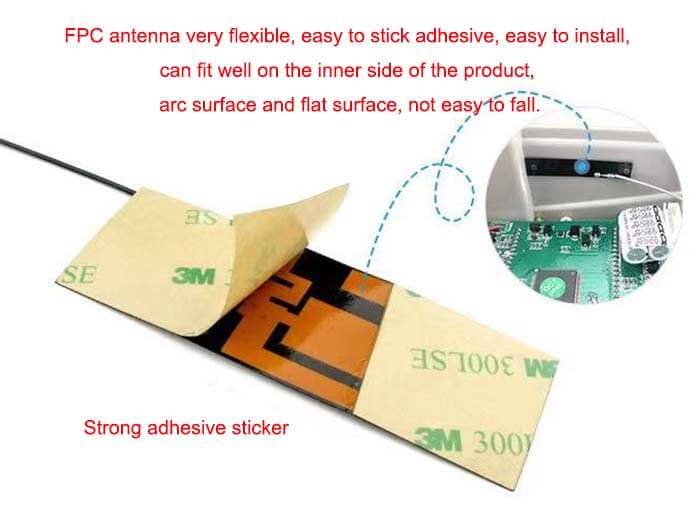
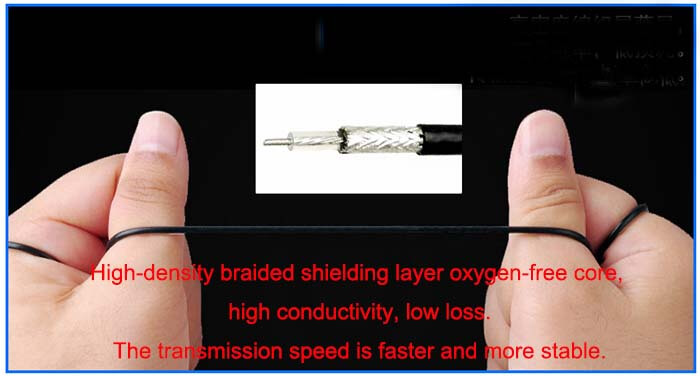
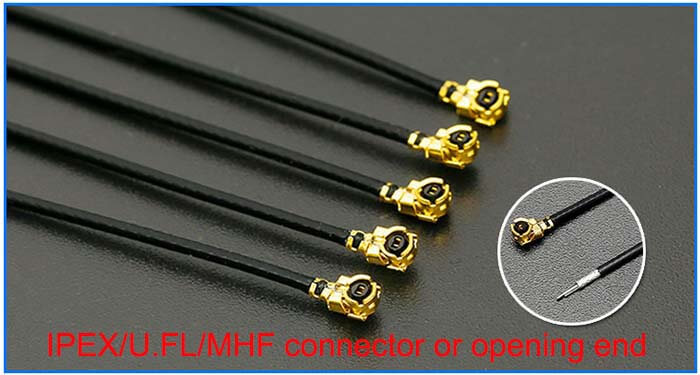
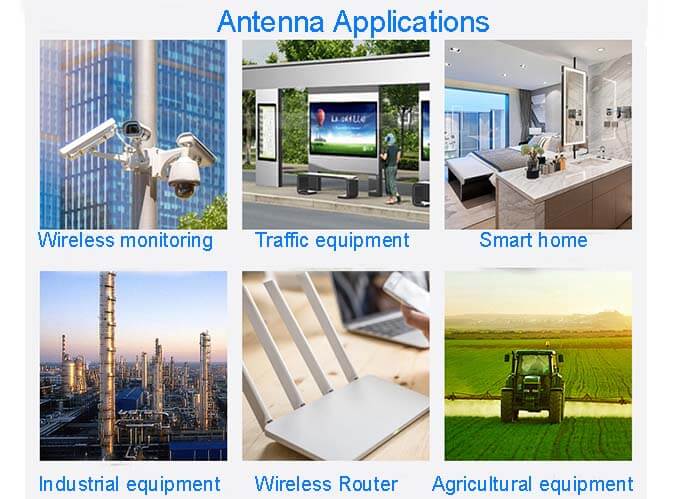
What are the Intuitive features of GSM usage?
GSM system has several important features: good anti-theft copy capability, large network capacity, rich cell phone number resources, clear calls, strong stability and less susceptibility to interference, sensitive information, less dead space for calls, and low power consumption of cell phones.
What are the Technical characteristics of GSM?
1. Spectrum efficiency.
Due to the use of an efficient modulator, channel coding, interleaving, equalization, and voice coding technology, the system has high spectral efficiency.
2. Capacity.
Due to the increased transmission bandwidth of each channel, the co-channel multiplexing planting ratio requirement is reduced to 9 dB, so the co-channel multiplexing mode of the GSM system can be reduced to 4/12 or 3/9 or even smaller (7/21 for analog systems).
Together with the introduction of half-rate voice coding and automatic call distribution to reduce the number of cross-zone switching, the capacity efficiency of the GSM system (the number of channels per megahertz per cell) than the TACS system is 3 to 5 times higher.
3. Voice quality.
Given the characteristics of digital transmission technology and the definition of the air interface and voice coding in the GSM specification, the voice quality always reaches the same level above the threshold value independent of the radio transmission quality.
4. Open interfaces.
The open interfaces provided by the GSM standard are not only limited to the air interface, but also to the press network directly and between individual device entities in the network, such as the A and Abis interfaces.
5. Security.
Security is achieved through authentication, encryption, and the use of TMSI numbers. Authentication is used to verify the user’s right to access the network.
Encryption is used for the air interface and is determined by the key of the SIM card and the network AUC. TMSI is a temporary identification number assigned to the subscriber by the service network to prevent someone from tracking and revealing his or her geographic location.
6. Interconnection with ISDN, PSTN, etc.
Interconnection with other networks usually uses existing interfaces, such as ISUP or TUP, etc.
7. Roaming on the basis of SIM cards.
Roaming is an important feature of mobile communication, which marks the automatic access of a user from one network to another. the GSM system can provide global roaming, but of course, it also requires certain agreements between network operators, such as billing.

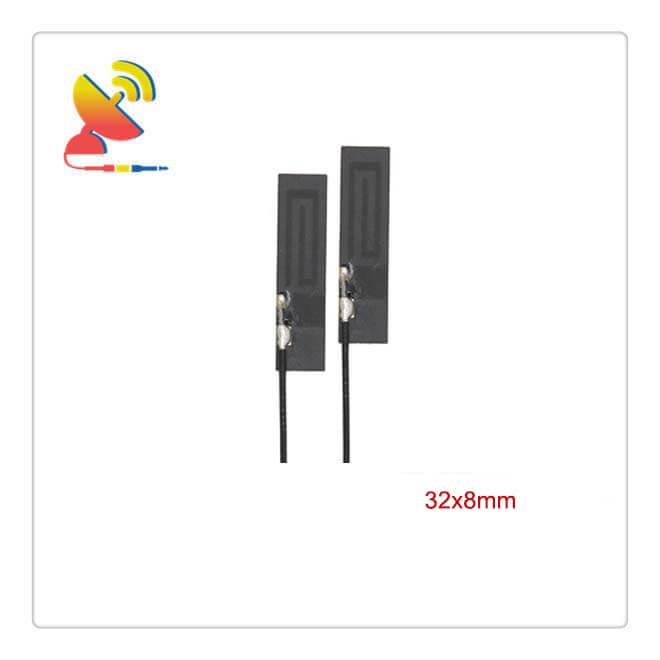
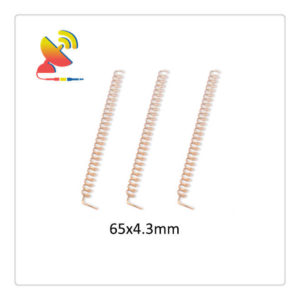
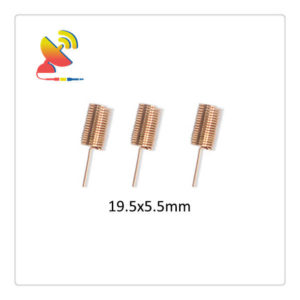
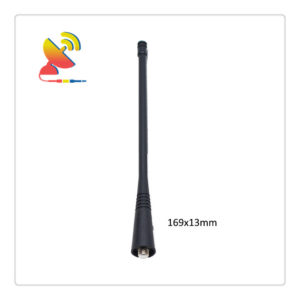
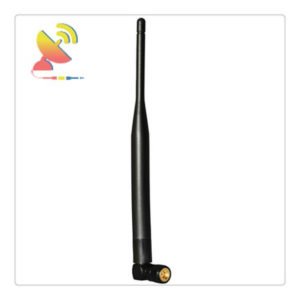
Reviews
There are no reviews yet.